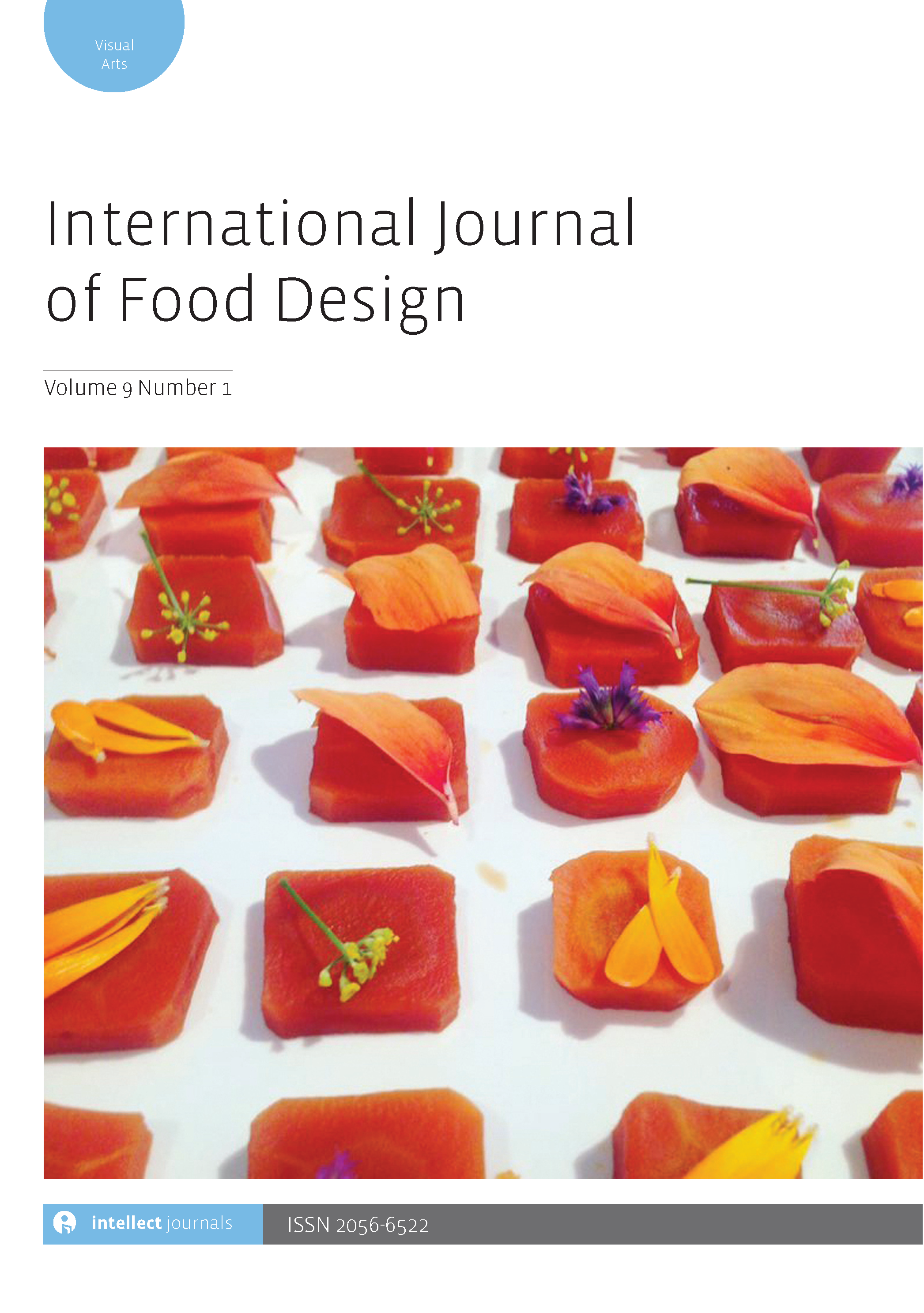-
oa Designing a nostalgic hot dog brand for Rio de Janeiro
- Source: International Journal of Food Design, Volume 9, Issue 1, Apr 2024, p. 53 - 72
-
- 25 Jan 2022
- 16 Dec 2022
- 02 May 2023
Abstract
Despite having the American hot dog as its core product, the Geneal brand gradually developed as a symbol of Rio de Janeiro. The company, a Rio de Janeiro original, grounds its brand symbolism in the past – from its surge in the early 1960s – to direct visual and content campaigns, and today its communication strategy is based on representations of the beach and other iconic symbols of the city that resemble a tropical paradise, as Rio was historically known. In this article, the main frame is to analyse the latest visual assets used for the brand’s communication and representation and ultimately understand how nostalgia plays a strategic and positive role. This research was developed through exploratory methods based on cross-disciplinary bibliographical references, an in-depth interview with the brand’s general manager, newspaper articles, empirical observation and the analysis of graphic assets showcased on its social media communication, sales campaigns, graphic displays, point of sale and brand book. Due to the strong relationship between beach symbolism and the city’s culture, this analysis presents the brand inserted into the intangible heritage of Rio de Janeiro.



